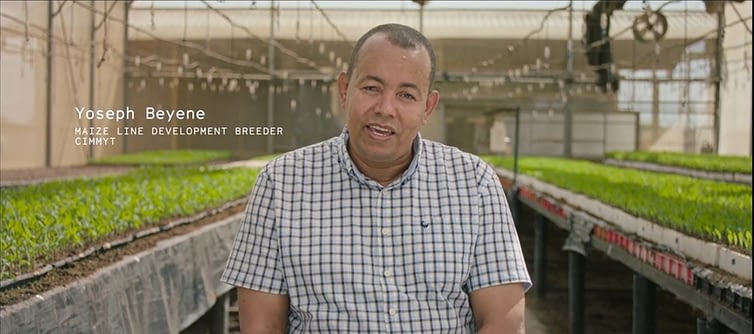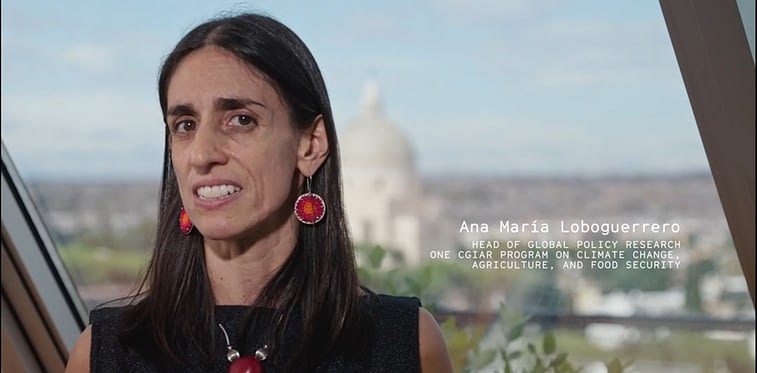In the next 30 years, climate change could affect enough of the planet to cause as many as 200 million displaced persons—four times as many as World War II. Although steps are being taken to reduce our carbon emissions, we also need innovations to help us adapt to our new climate. Meet those who are making it possible. This video is Episode Eight from the series Solving for Zero:
The Search for Climate Innovation. 00:00
How Climate Change Impacts Farmers
02:48 Addressing Food Security Challenges
05:06 Developing Resilient Maize
08:02 Producing Flood-Resistant Rice
09:42 Methane Reduction and Climate Smart Villages
13:52 Implications of Forced Migration
16:45 Preparing for Sea Level Rise
20:16 What is Coastal Carbon Capture?
25:04 Next Steps for Coastal Carbon Capture
Reference:
CGIAR research highlighted among climate innovations to meet net zero emissions.
Documentary features CIMMYT and Alliance scientists contributing to reduce greenhouse gas emissions from agriculture.
- the CIMMYT maize program has released 200 hybrid maize varieties adapted for drought
conditions in sub-Saharan Africa, called hybrids because they combine maize lines selected to express important traits over several generations. Alongside other CGIAR Research Centers, CIMMYT continues to innovate with accelerated breeding approaches to benefit smallholder farmers. - CGIAR’s Climate-Smart Villages and Valleys (launched in 2009), span the global South and effectively bridge the gap between innovation, research and farmers living with the climate crisis at their doorsteps.
- The CGIAR Research Program on Climate Change, Agriculture and Food Security (CCAFS) impressive legacy — in research, influencing policy and informing $3.5 billion of climate-smart investments, among many achievements — is now being built upon by a new CGIAR portfolio of initiatives. Several initiatives focus on building systemic resilience against climate and scaling up climate action started by CCAFS that will contribute to a net-zero carbon future.
- Innovations were adopted because they addressed local needs and were culturally appropriate. These include the uptake of new varieties of wheat, maize, rice and beans developed by CGIAR Research Centers. Taste, color, texture, cooking time and market demand are critical to the success of new varieties. Being drought-resistant or flood-tolerant is not enough.
- Local Technical Agroclimatic Committees, another CCAFS innovation is currently implemented in 11 countries across Latin America, effectively delivers weather information in agrarian communities across the tropics.



No comments:
Post a Comment